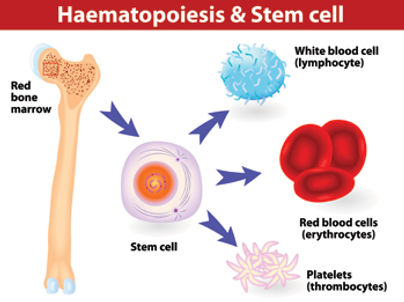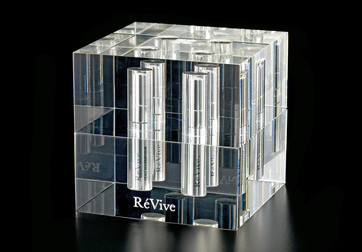Stem Cells
Revolutionizing Medicine

Adult stem cells (ASCs) are classified as cells capable of proliferating for the lifetime of an organism. They are also known as somatic stem cells.
Currently, the origin of ASCs in tissues are still unknown. In laboratories, scientists are working to develop methods to mass quantities of stem cells in cell cultures and to manipulate them into differentiating into certain cell types. Recently, scientists are student the plasticity of stem cells, meaning their ability to produce the differentiated cell types of other tissues. In other words, scientists are trying to manipulate stem cells, so that blood stem cell can generate a neuron. If stem cell are able to generate other cell types, their plasticity can be utilized as a basis for creating tissues needed for transplants.
Adult Stem Cells

Leukemia and Lymphoma
Hematopoietic stem cells (HSCs) or blood cells are currently the only types used commonly for treatment. Most notably, HSCs are used to treat lymphoma and leukemia by replenishing the patient’s tissue damaged by chemotherapy. Since chemotherapy randomly targets cells and inevitably kills healthy cells, HSC transplants are used to replace the destroyed cells. HSCs have helped transform the view of lymphoma and leukemia as mortal diseases to commonly curable.
In order for stem cells to be effective in treatments, the cells must be able to meet certain criteria. First of all, treatments generally require large quantities of stem cells, however their limited ability to divide can make it difficult to harvest them. Currently, growth factors often are needed to increase the number of stem cells for transplants. In addition, one of the current barriers in stem cell treatments pertains graft vs host disease, in which the body rejects the transplanted cells and regards them as foreign. As a result, donated stem cells need to closely match the patient’s leukocyte antigens.
Applications:

Holoclar®
Holoclar® was the first stem cell-based product and was developed by a team led Professor Michele De Luca and Professor Graziella Pellegrini. It involves limbal stem cell, a type of eye stem cell, and they are utilized to help repair a damaged cornea. A small amount of healthy limbal stem cells are taken from the patient and grown in a lab to produce a sheet of the cornea. The cornea is then transplanted in the patient’s injured eye. The therapy has been known to effectively treat limbal deficiency and restore sight.

Commercial Skin Care Products
Stem cells utilized in a number of commercial skin care products, and since 1980, scientists have been growing skin grafts for patients through stem cells. By transplanting healthy skin cells into a patient, doctors have been able to treat patients with severe burns, by restoring and replacing damaged cells. Additionally, commercial skin products have begun involving stem cells. For example, in 2007, ReVive's Peau Magnifique was the first products to reach the market. The product uses telomerase, an enzyme, to reduce wrinkles, and manufactures claim that it can "convert resting adult stem cells to newly-minted skin cells'. While there continues to be a boom commercial stem-cell related skin products, many people question their legitimacy.
